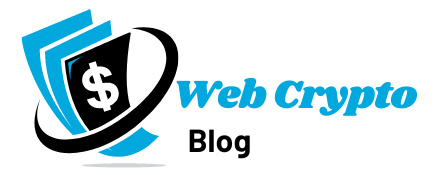
- Bitcoin mining is at the heart of the digital gold rush and it is a critical process that underpins the entire cryptocurrency ecosystem.
- Bitcoin miners validate transactions, secure the network, and, in the process, earn newly minted Bitcoin.
- The World Digital Mining Summit (WDMS) stands as a beacon of innovation and collaboration within this dynamic space.
The recent World Digital Mining Summit (WDMS) witnessed a groundbreaking moment for the Bitcoin mining industry as Bitmain, a prominent player, unveiled its highly anticipated Antminer S21 and S21 Hydro ASIC miners. These state-of-the-art mining machines have set new industry standards for both performance and energy efficiency.
The Antminer S21 boasts an impressive hashrate of 200 TH/s and an extraordinary efficiency rating of 17.5 J/T (joules per terahash), while the S21 Hydro delivers a remarkable hashrate of 335 TH/s with an efficiency of 16 J/T. These statistics mark a significant departure from the historical norm where most Bitcoin ASICs operated above the 20 J/T threshold.
What makes these ASIC miners truly revolutionary is their unwavering focus on energy efficiency. In an environment where electricity costs continue to rise, the Antminer S21 series presents a glimpse into the future of Bitcoin mining. It’s a future where miners can optimize their operations for maximum output while consuming minimal energy, reflecting the industry’s commitment to sustainability and cost-effectiveness.
Efficiency advancements and sustainability:
One of the key trends that emerged at WDMS was the integration of renewable energy sources into Bitcoin mining operations. This trend is driven by two crucial factors: the relentless increase in electricity costs and the impending Bitcoin supply halving scheduled for April 2024.
Miners are acutely aware of the need to reduce operational expenses to maintain profitability. Rising electricity costs have prompted them to seek sustainable energy solutions. By incorporating renewable energy sources like solar and hydroelectric power, miners aim to mitigate the impact of escalating energy bills and ensure the long-term viability of their operations.
Renewable energy integration isn’t just about immediate cost savings; it aligns with a broader commitment to environmental responsibility. In a world increasingly focused on sustainability, miners view renewable energy as a strategic imperative for ensuring profitability and industry longevity.
Upcoming Bitcoin Halving pose some challenges
The looming Bitcoin supply halving represents a formidable challenge for miners, as it halves their block reward distribution. To address this challenge, miners have two pivotal choices: increasing their reliance on sustainable energy sources or making efficiency improvements to their ASIC fleets.
These strategic decisions will determine their ability to adapt to the evolving mining landscape, where efficiency and sustainability are key.
In conclusion, the WDMS showcased an industry in transition, with Bitcoin miners embracing efficiency-focused innovations and renewable energy integration. This commitment to sustainability and environmental responsibility reflects the industry’s adaptability and resilience. As the Bitcoin mining ecosystem evolves, it does so with a clear focus on efficiency, profitability, and a greener future.
